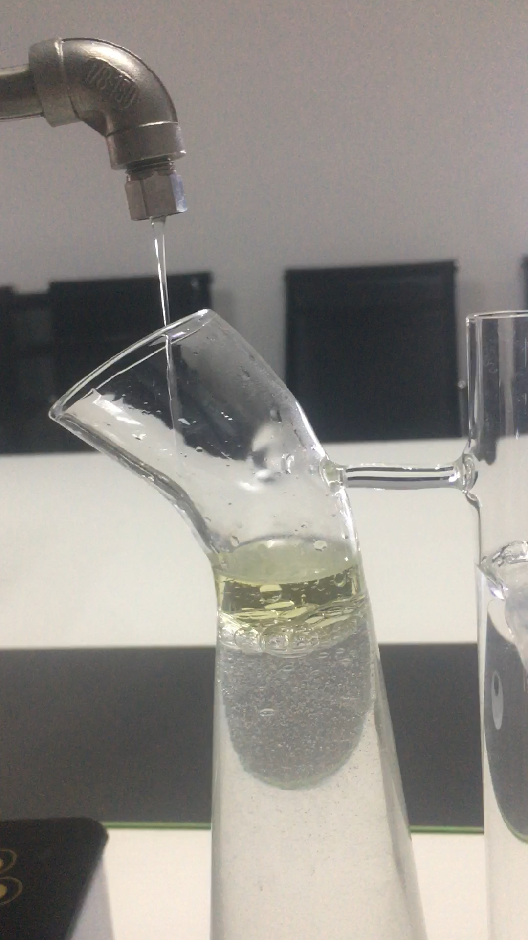Hydrosols are the condensate result of steam distillation of plants or flowers produced when creating a natural essential oil. The top floating layer of essential oil is removed and the remaining 90 percent of the water is considered hydrosol.
Hydrosol is a chemistry term meaning “water solution.” In Latin, “hydro” – meaning water – and “sol” – meaning solution. The terms “hydrosol” and “herbal distillates” are most common to the United States. In France, the top producer of modern fragrances, the term changes to “hydrolait,” meaning water-milk. The terms, floral water, herbal water, toilet water, and aqua vitae are commonly interchanged with hydrosol — but, beware. The two products can differ vastly depending on the producer. A pure hydrosol will be solely plant-based and food grade — meaning edible. Typical floral waters you may find in supermarkets, drug stores, or ethnic food shops may contain non-organic ingredients such as alcohol, chemically produced fragrance or man-made food dyes. Most often they are infused with essential oils —which is not the same thing as a true hydrosol. Pure hydrosols will contain some of the same aromatic molecules as essential oils but in a much lower concentration. They are typically clear and colorless and have a light, trace aroma of the original plant or flower.


Hydrosol pH
Data on hydrosol pH varies, but most can be found in the 3 to 7 range; three being more acidic and seven being close to neutral, depending on the plant used. Additionally, being organic, a true hydrosol will not have the extended shelf life of a formulated floral water and can turn rancid or lose its scent after a time. It is always a best practice to refrigerate any pure natural skin care products the same way food would be refrigerated, and check frequently for color and scent changes. Hydrosols with a pH under 5.0 should last up to two years and over 5.0 pH will be good for 12 to 18 months.
HISTORY
There is evidence of essential oil distillation as long as 5,000 years ago. As stills developed over time, the distillation process became more efficient and more common. One very famous compound or co-distillate was “Eau de Me`lisse de Carmes” or Carmelite water. This recipe dates to sometime between the 14th and 17th centuries and is still shared amongst herbalists today.
According to Washington botanist Ann Harman, “Though sources disagree on the origin of this distillate, many agree on its medicinal value and ingredients. It included lemon balm, angelica root, nutmeg, lemon peel, cloves, and coriander seed, distilled in orange water and (grape) spirits. It was sold for centuries, which seems to indicate its value as medicinal water. There are literally hundreds of recipes for waters and their uses up to the late 1800s. Many were included in the official pharmacopoeias of the time.”
Over time, these natural medicinal waters were forgotten and not commonly used in standard cosmetic brands due to the sheer amount of plant-based materials that would be required and shelf life concerns.
METHODS OF APPLICATION
Today, hydrosols and essential oils are most commonly used in natural or organic skin care treatments and aromatherapy practices.
True hydrosols should be considered essential oil distillates that are pure and natural, and only distilled from non-sprayed plant material and contain no additives. For some plants that are highly prone to fungus or bacteria, a very small amount of natural food grade preservative may be used. As such, they can safely be incorporated into many spa and facial treatment options. Again, remember to always refrigerate any organic or plant-based products to keep them from spoiling.
Pure hydrosols can be made from any number of flowers or plant leaves such as roses, peppermint, orange blossoms, and lavender. They can be used in just about anything cosmetic or edible, including lotions, toners, lip balms, tinctures, room sprays, and even cocktails or desserts!
